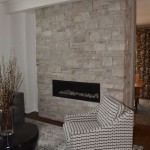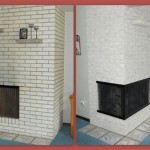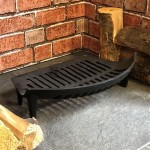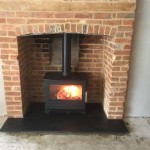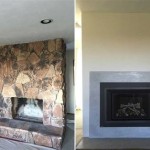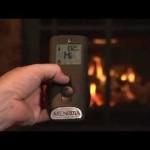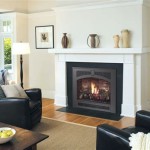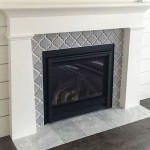Essential Aspects of Replacing a Gas Fireplace Insert With Wood
Replacing a gas fireplace insert with a wood-burning one can significantly enhance the ambiance and warmth of your home. However, it's important to consider several essential aspects to ensure a successful and safe installation.
1. Fireplace Suitability
Not all fireplaces are suitable for wood burning. The fireplace opening should be large enough to accommodate a wood-burning insert and provide adequate combustion air. The chimney and flue should also be inspected to ensure they are in good condition and can handle the heat and gases produced by wood burning.
2. Insert Selection
Choose a wood-burning insert that is rated for the size and BTU output appropriate for your space. Consider the specific features and efficiency ratings of different inserts to ensure you meet your needs.
3. Gas Line Removal
Once the insert is selected, the gas line supplying the existing gas fireplace must be capped and disconnected by a qualified professional. Ensure all gas lines are properly sealed and inspected before continuing.
4. Insert Installation
The wood-burning insert should be installed by a qualified technician according to the manufacturer's instructions. This involves securing the insert into the fireplace opening, connecting it to the chimney, and ensuring proper ventilation and air supply.
5. Chimney Modification
In most cases, a chimney liner or flue may be required to accommodate the increased heat and gases produced by wood burning. A qualified chimney sweep or contractor can assess the chimney and recommend the appropriate modification.
6. Hearth Extension
To meet safety requirements, a non-combustible hearth extension may be required in front of the fireplace to protect the surrounding floor from embers and heat.
7. Fuel Storage
A dedicated wood storage space near the fireplace will ensure a convenient supply of dry and seasoned firewood. Consider the type of wood and storage method that best suits your needs.
8. Ventilation
Proper ventilation is crucial for safe wood burning. Ensure there is sufficient air supply to the fireplace and that the room is well-ventilated to prevent smoke buildup.
9. Insurance Considerations
Notify your insurance company about the change from gas to wood burning. They may require an inspection or specific safety measures to ensure coverage.
10. Maintenance and Inspection
Regular maintenance and inspection are essential for the safe operation of your wood-burning fireplace. Clean the insert and chimney regularly, check for any damage, and have a qualified professional inspect the system annually.

Convert From Wood To Gas With A Insert The Kernel Burner

Convert To Gas Installing Fireplace Inserts Doctor Flue

Want To Convert Gas Wood Fireplace Full Service Chimney

How To Install A Fireplace Insert Diy Save Money

Fireplace Insert Guide Fireplaces Direct Learning Center

Installing A Gas Fireplace

Fireplace Insert Guide Fireplaces Direct Learning Center

Fireplace Insert Installation Wood Inserts Gas Pellet And Electric

Fireplaces Inserts Wood Gas Fireplace Xtrordinair

Can A Wood Burning Fireplace Be Converted To Gas The Flame Company

